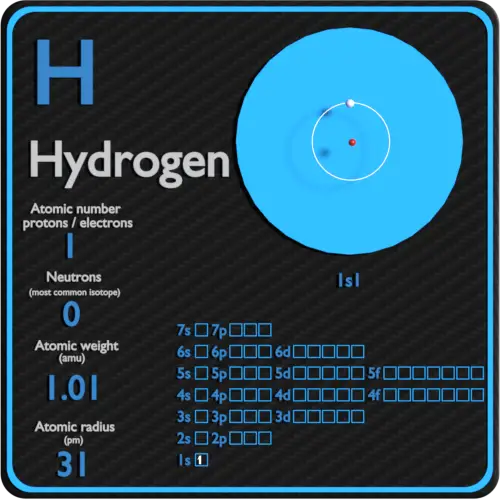
We think this new evidence opens possibilities for finding baby black holes or baby neutron stars.”ĪT2018cow is one of many “astronomical transients” discovered in 2018. “This happens in normal supernovae, but we haven’t seen it before because it’s such a messy process. “We have likely discovered the birth of a compact object in a supernova,” says lead author Dheeraj “DJ” Pasham, a research scientist in MIT’s Kavli Institute for Astrophysics and Space Research. The newborn object continued to devour surrounding material, eating the star from the inside - a process that released an enormous burst of energy. Their findings, published today in the journal Nature Astronomy, strongly suggest that AT2018cow was likely a product of a dying star that, in collapsing, gave birth to a compact object in the form of a black hole or neutron star. By astrophysical standards, such an object would be considered compact, much like a small black hole or a neutron star. They traced hundreds of millions of such X-ray pulses back to the Cow, and found the pulses occurred like clockwork, every 4.4 milliseconds, over a span of 60 days.īased on the frequency of the pulses, the team calculated that the X-rays must have come from an object measuring no more than 1,000 kilometers wide, with a mass smaller than 800 suns. In addition to a bright optical flash, the scientists detected a strobe-like pulse of high-energy X-rays. Now an MIT-led team has found strong evidence for the signal’s source. The signal, procedurally labeled AT2018cow, has since been dubbed simply “the Cow,” and astronomers have catalogued it as a fast blue optical transient, or FBOT - a bright, short-lived event of unknown origin.

The powerful burst appeared at first to be a supernova, though it was much faster and far brighter than any stellar explosion scientists had yet seen. In June of 2018, telescopes around the world picked up a brilliant blue flash from the spiral arm of a galaxy 200 million light years away.


 0 kommentar(er)
0 kommentar(er)
